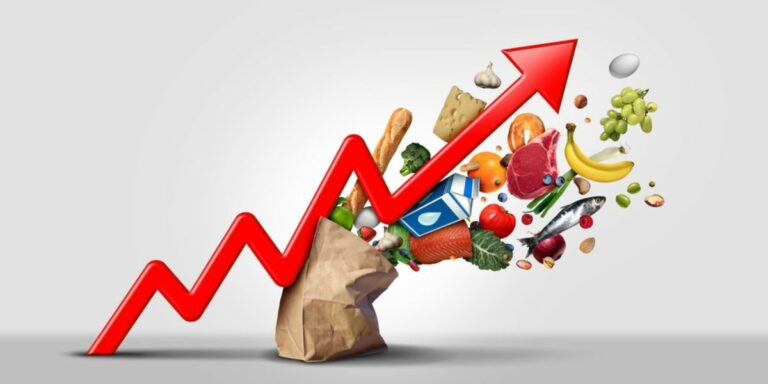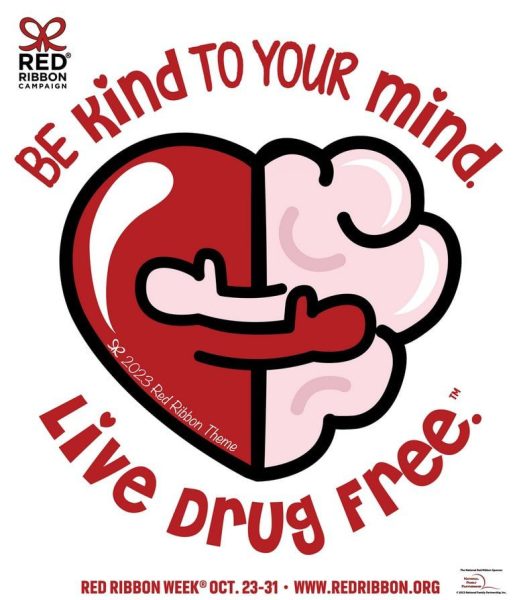The Rise of Our Food and Gas
From the GHS Indian post, this article is about the increase of gas prices and food; rising inflation. We have always had inflation over the years but over the last three years, we have had a significant increase in inflation. People could not believe their eyes seeing gas prices at $4.19 and a 36 pack of eggs at $15.78.
Inflation is the rate of increase prices over a period. It can be calculated for certain goods, like food or certain personal, social, and/or business services. It represents how much more expensive certain goods/services have become over time. Most commonly a year. An example is the price of eggs because average egg prices have jumped 49.1% in November compared to earlier years. That is the largest annual percentage increase among grocery items in that period.
When it comes to gas prices, it is becoming even more unaffordable because it is 48.7% more expensive than it was last year. Citizens of the states are having a harder time than anybody else. In Illinois, the average price of a gallon of gas is $5.56, according to AAA (American Automobile Association). In California, the average price of gas is $6.42. Today’s average for a regular gallon of gas is $3.50 according to AAA. Experts say that the prices are “unlikely to turn around anytime soon.”
The history of Inflation has been highly unpredictable over the century; it spiked in the mid 1970s and remained high through about 1984. The period of 1979-1981 saw price increases of 11.3%, 13.5% and 10.3%. In the 1990s, 5.4% being the highest rate and typical inflation was close to the Fed’s target of 2%.
The set of disinflationary policies aiming to reduce inflation depends on the cause of inflation. If the economy has overheated, central banks that are committed to price stability can implement contractionary policies that rein in aggregate demand, usually by raising interest rates. However, when inflation is driven by global than domestic developments, such policies will not help. Central banks are increasingly relying on their ability to influence inflation expectations as an inflation reduction tool. Policymakers announce their intention to keep bringing down inflation.









